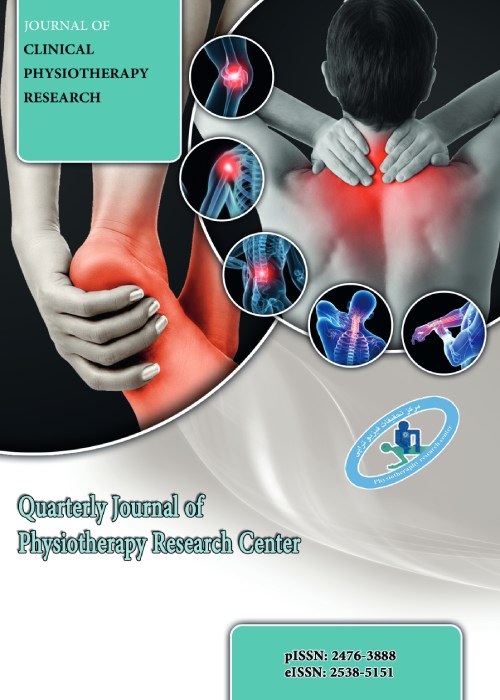Comparison of cardiac rehabilitation exercise on hemodynamic and biomechanical indices between middle-aged and older maleswith coronary artery disease following a cardiac event or therapeutic interventions
Although it is documented that cardiac rehabilitation has a positive effect on hemodynamics and functional biomechanics of the heart, but the effect of various exercises in this area, in different periods of life such as middle age and older male adults, after the onset of coronary artery disease followed The cardiac event or therapeutic interventions are thought-provoking. The aim of the present study was to compare eight weeks of cardiac rehabilitation training on selected hemodynamic and biomechanical indices between middle-aged and elderly men with coronary artery disease following a cardiac event or therapeutic interventions.
In this quasi-experimental study, pre- and post-test research design, impact assessment model (causal-comparative) and in terms of application type, 32 middle-aged men (16 people) and older male adults (16 people) with vascular disease The coronary arteries, each randomly and evenly, were divided into two groups of aerobic and concurrent exercises. Subjects obtained a certificate from a cardiologist to participate in the study, were introduced to the imaging center (echo Doppler) and exercise test for the pre-test. Subsequently, before and after eight weeks of cardiac rehabilitation training, the test was performed in the biomechanics laboratory of the physical medicine center. To analyze the data from mean and standard deviation, from Shapiro-Wilk test to check the normal distribution, from Leven test to determine the homogeneity of variance of groups, and from one-way analysis of variance with bonferroni post hoc test to check Differences between groups were used at the level of significance (p ≤0/05).
After eight weeks of aerobic exercise, a significant difference in the improvement of resting metabolism and diastolic blood pressure indices was observed between the two exercise groups between middle-aged and older male adults (p ≤0/05), but there was a significant difference in discharge fraction indices). Left ventricle, resting heart rate and systolic blood pressure were not observed (p > 0/05). After concurrent training, there was a significant difference in improving the indicators of resting metabolism, left ventricular ejection fraction, resting heart rate and blood pressure. Diastolic was observed between the middle-aged and older male adults exercise groups (p ≤0/05), but no significant difference was observed in systolic blood pressure index (p > 0/05).
The results of the study confirmed the effectiveness of both aerobic and parallel exercise in improving hemodynamic and biomechanical indicators of cardiac function. In comparison between the elderly and middle-aged people, the effect of aerobic exercise in the elderly and the effect of parallel exercise in the middle He considered the year more prominent. It seems that the priority of using parallel exercise over aerobic exercise can be considered.
- حق عضویت دریافتی صرف حمایت از نشریات عضو و نگهداری، تکمیل و توسعه مگیران میشود.
- پرداخت حق اشتراک و دانلود مقالات اجازه بازنشر آن در سایر رسانههای چاپی و دیجیتال را به کاربر نمیدهد.


